Good Feather, Handling For Quality
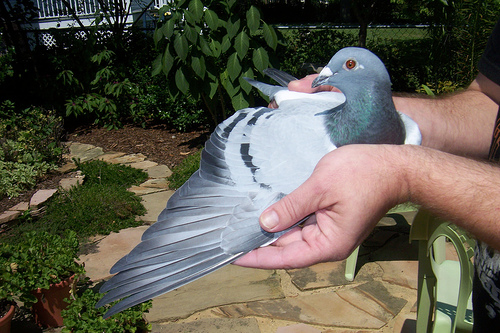 Handling For Quality
Handling For Quality
When the experienced fanciers handle a racing pigeon they are assessing its racing ability by judging its aerodynamic soundness. Their skill has been taught by time and their success in predicting the quality of the race pigeon rests with the fact that the aerodynamics of every champion is sound. The “expert handlers” cull birds in the race team that handle poorly, because the chances of a poorly conformed bird doing well are extremely low. It is good practice to cull “poor” pigeons from the race team well before training begins, but the decision to cull must be made by a good “handler”. Remember, the expert handler is always a very good flyer or breeder of pigeons and never a poor or mediocre fancier.
Although the athletic potential of the pigeon cannot be determined by its physical qualities alone, an understanding of the features of the racing pigeon which enable fast sustained flight provides the fancier with the knowledge required to both select and breed aerodynamically sound race birds. When handling a bird to assess its aerodynamic efficiency pay special attention to the feather quality, wing, body structure and balance.
An understanding of the aerodynamics of flight will improve every fancier’s skill at handling pigeons correctly. Around the world there are many families of pigeons varying enormously in appearance, size and shape, but the very best birds share the same important physical features. These features give the best birds an aerodynamic advantage. Every champion racing and breeding pigeon has good feathering, a good wing, a balanced body and are naturally buoyant. Every one of these is a hereditary feature passed on from parent to offspring.
Good Feather
The importance of good feathering as a reflection of the quality of a pigeon can never be overemphasised. For every fancier the quality of the feather is a very good and immediate indication as to the quality of the pigeon. A good quality feather is the foundation stone for breeding the champion pigeon and a pigeon with poor feathers should never be considered for stock because good feathering is a reflection of both good breeding and good health.
The healthy feather is silky, flexible, strong and waterproof. These features are all important for efficient flight. The high oil content of the healthy feather gives it the silky feel. The silkier the feather the greater the lift due to the streamlining effect required for efficient flight. The dry feather we get with many illnesses means that there is less streamlining (over the body and wing) and more drag with a subsequent loss of lift and less efficient flight. More energy is required causing the bird to tire more quickly. The dry feather being less flexible means that the twisting motion of the end flights that gives forward thrust is lessened, which results in a slower bird. The dry feather is brittle and lacks the strength of the silky feather, wearing out by the time the long races, when flying efficiency is needed most. Dry feathers lack the waterproofing qualities of the oil laden silky feather and flying therefore becomes more difficult in wet weather.
The feathers of the racing pigeon in top form are tight and silky. The aerodynamics are further improved by the feathers covering the body. These contour feathers of the body and the coverts over the wing and tail feathers of the bird in top form overlap each other very tightly to create a very smooth surface. We describe such a bird as having “tight” feather. During flight this very tight feather allows the moving air to flow smoothly and quickly over the body and wing surfaces in what we call “streamlines”. “Streamlining” gives “lift” to the flying pigeon and is one of the reasons why it can fly for sustained periods without tiring. For whatever reason (health or breeding), poor quality feathers fail to form the tight smooth surface required for “streamlining” and efficient flight. When the surface is not perfectly smooth the air does not flow smoothly across the surface and creates air eddies and bubbles of turbulence. Turbulence has the effect of slowing the airflow over the wing and body surfaces that increases the “drag” or “resistance” and reduces the “lift”. Therefore the bird with poor feathers flies slowly and requires more effort to stay aloft. The end result is a bird that tires sooner. A good feather is essential for racing performance because it is the basis of “lift”.
Good Feather, Handling For Quality by Dr. Rob Marshall
The Leading Online Pigeon Racing and Racing Pigeons Magazine – The Pigeon Insider

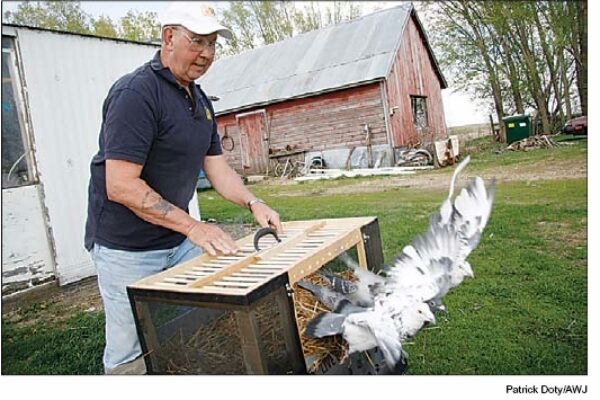
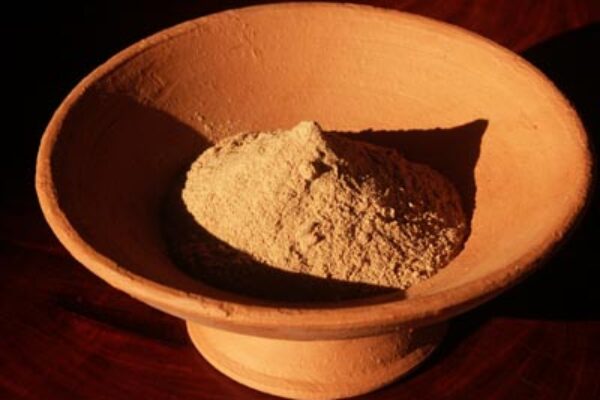

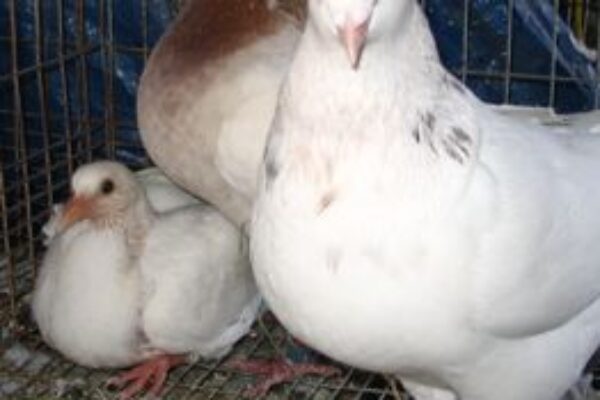
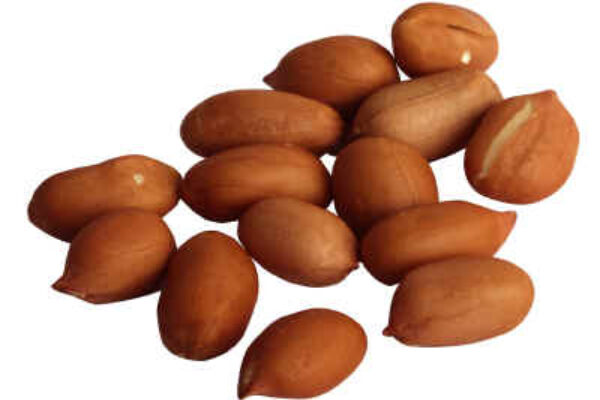
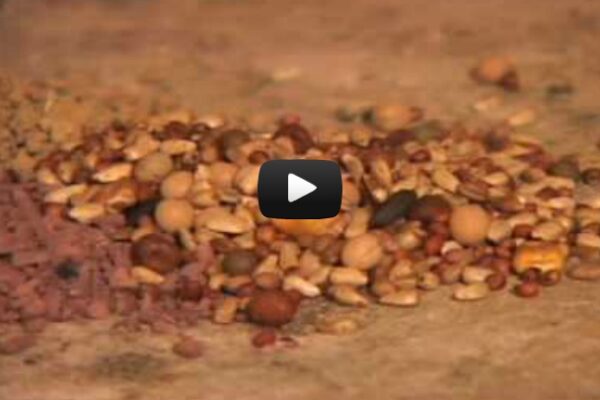


look lads,we all know that you cant tell what a pigeon is going to be like by holding it in your hand.we all breed off the best pigeons we have in our loft and do what we can to put the best with the best and then hope for the best,i think silky feather will grow on any pigeon if its fed right.i know its very obeious but if the pigeons are on the best food you can aford to feed then and are healthy and are properly trained as young birds then let the basket sort the good from the bad and believe me thet will sort yor flock out for you.brains are whats needed in pigeons.
What should be the ratio of oiley seads like safflower , sunflower and flax seeds , as in india we have excess onley to this seeds.
after 50 yrs in pigeon racing it is still hard to cull, as i have culled many to build a family . but has learned to keep and breed less and not allow every egg to hatch.Race them hard and the champions will show themselves.and as for the rest,they will be taken care by nature and her predators.
Great article. I really enjoyed it.
very good tanks for this in formation i ilike it
Great topic !! It is not a secret quality feathers and racing pigeons are no accident, and it is not wise to say the least; to breed too many pigeons and somewhere along the line neglect proper nutrition and management. Keep in mind a formula of dry pigeon grains only; is not much value to rear and race pigeons. In other words,vitamin A,D … and so on, are not present in grains. Also of great importance is not to give too much vitamins in a short span, it is a disaster to catch up on your management’s short comings in a flash.
What causes feathers to have an upward bend look to them – looks like the wing and flight feathers are bending upward and when I spread the wing they all have bends in the feathers – it 1st appeared with a bird I brang into My loft just to get back to health that looked unhealthy when i 1st got it – had these same bend in the feathers – I have given that bird away to a responsible owner but have noticed now that My birds at least a few of them are beginning to get this same look – They are stocked birds ( Not Flown )—- Thank You ~ Mike
maybe those birds are too closely inbred , which throwing a bad gens.
Iam just a begginer in the sport of pigeon racing and i found this artical about feathers brilliant.These kind of things are overlooked by people like me and i think its all the little things that help you to win thanks for that im on it 2 moz..
It is very important to have good feathering in a bird, I use oils in their food such as faxseed and garlic oil, both help main tain that silky feel. Aerodynamics plays a big part in how they combat the wind. But most of all a bird must be” RIGHT”. Geneticlly, and physically. Health plays a major factor. And most of all on race day lets not forget about the one thing , that determines our winners, LUCK. This plays a major part in determining who wins,